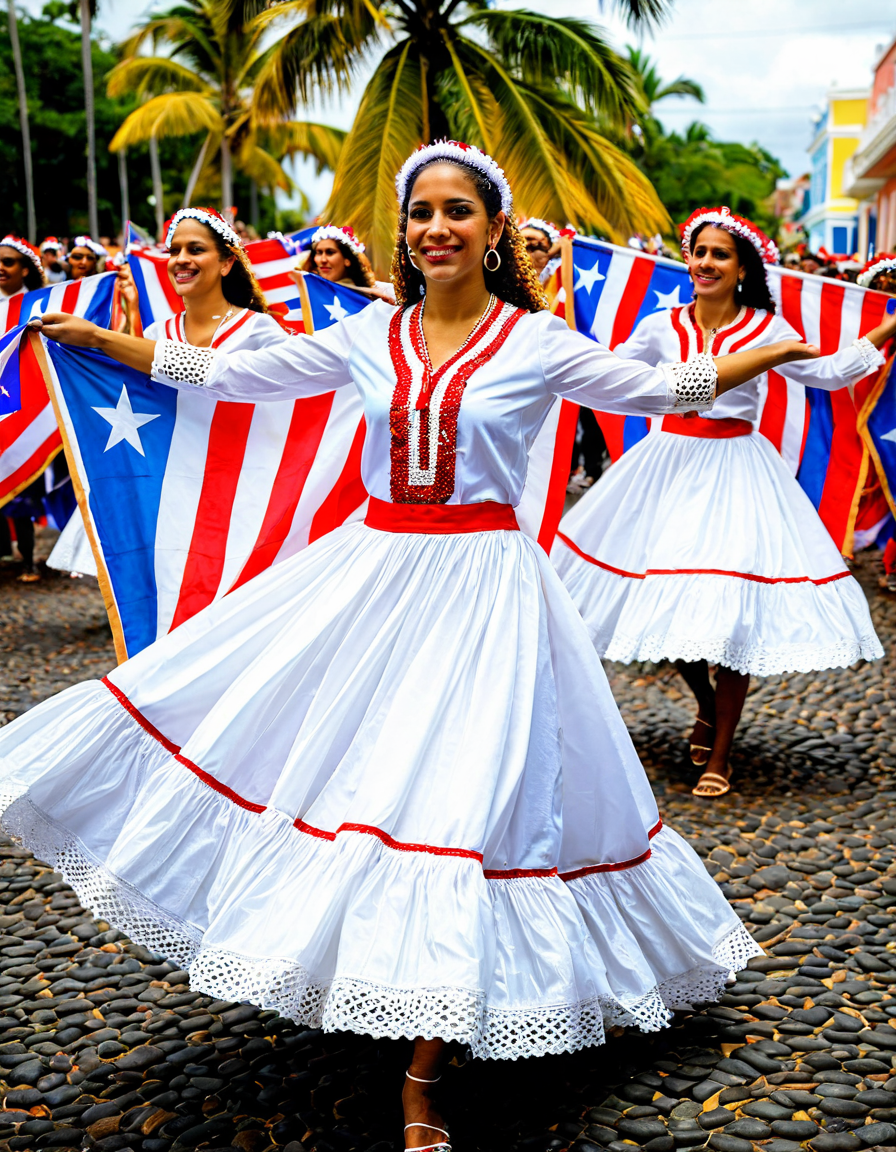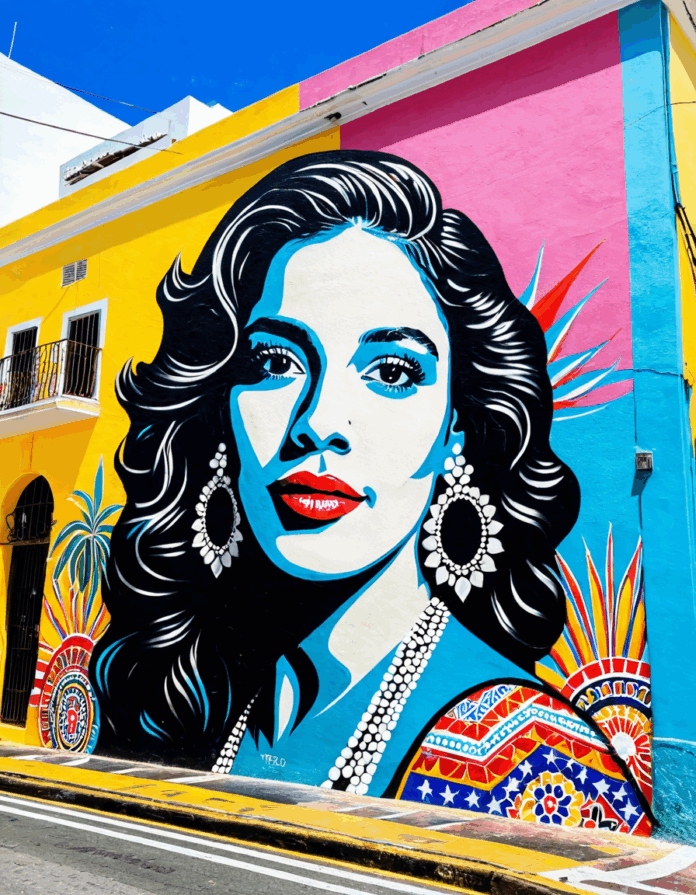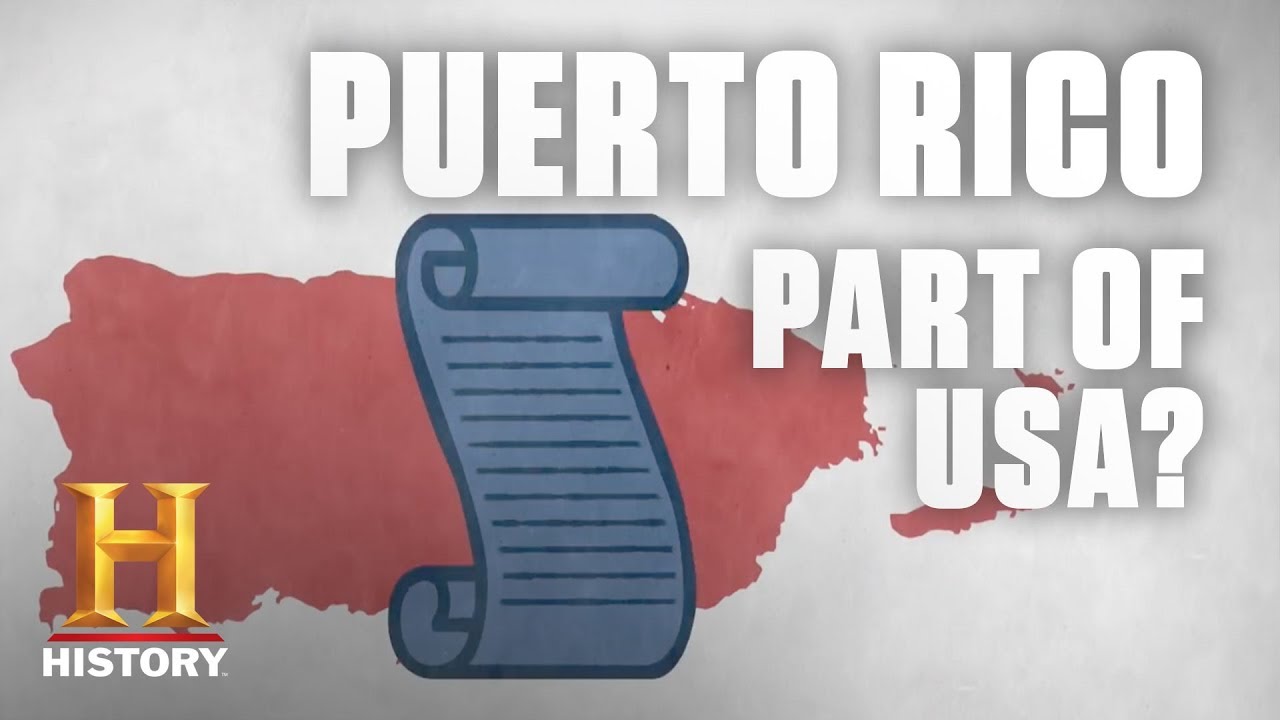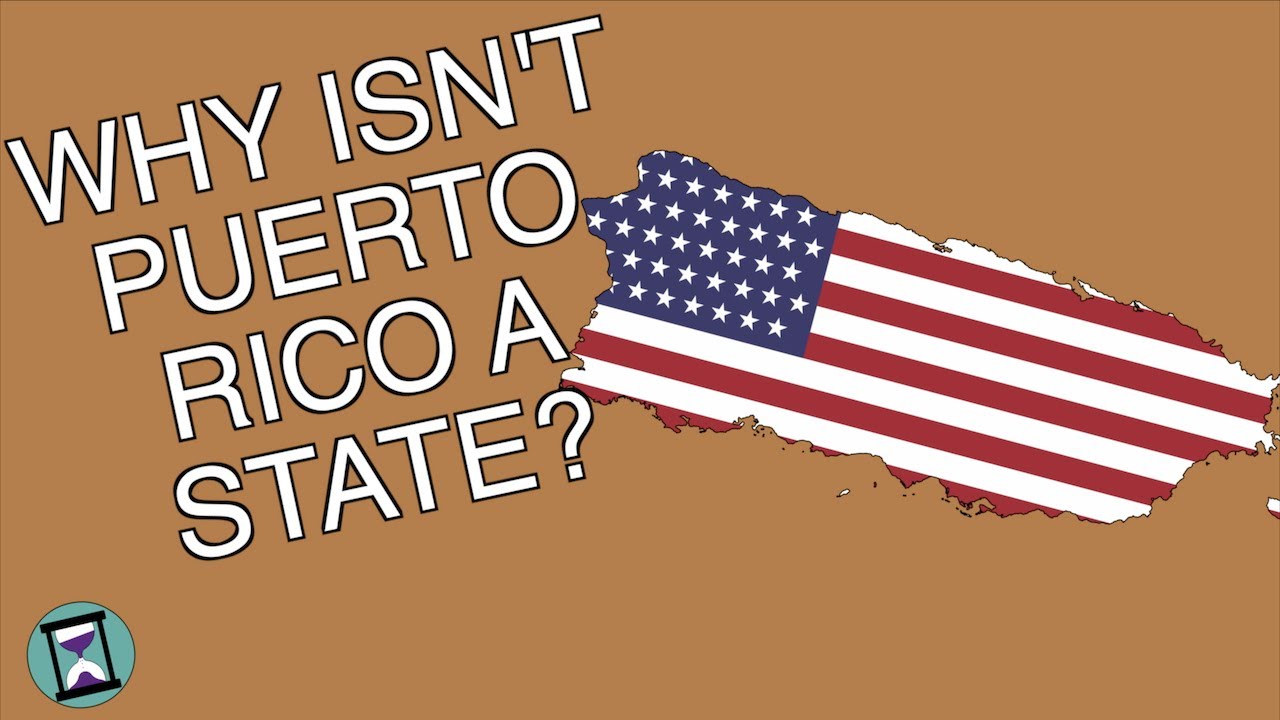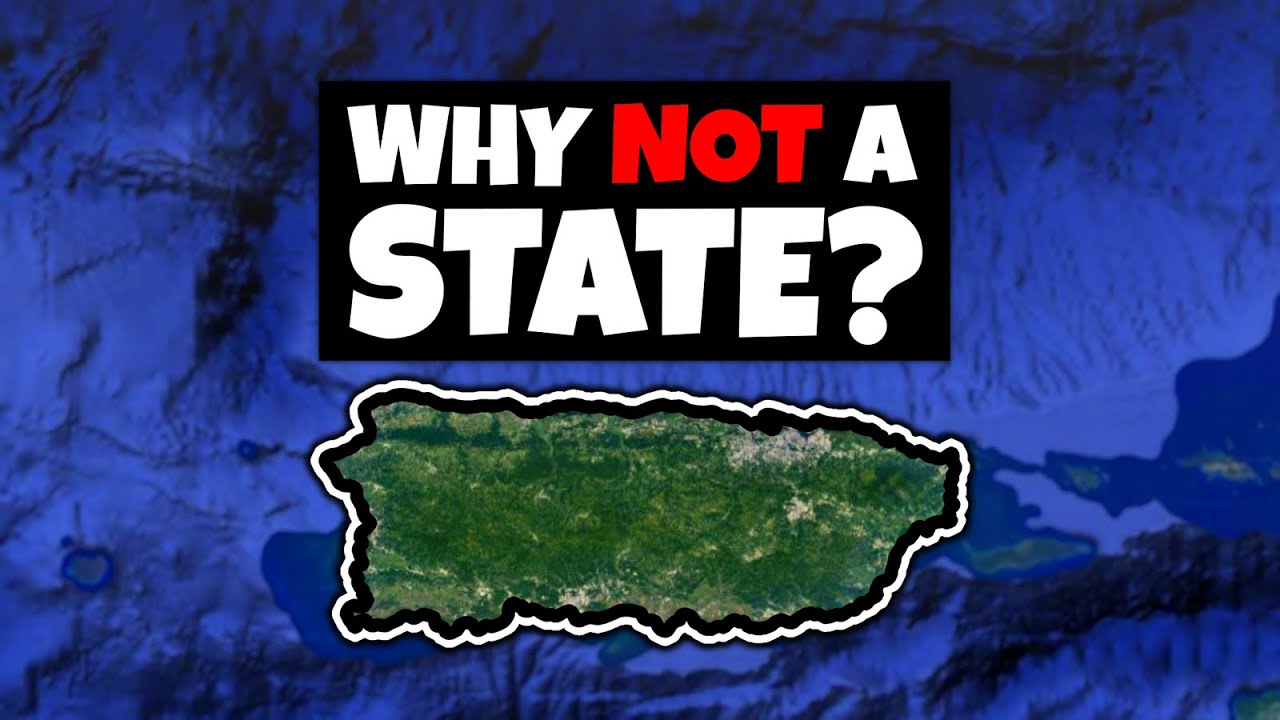Understanding whether Puerto Rico is part of the U.S. requires digging into its territorial status and implications for its people. Puerto Rico, often called La Isla del Encanto (the Island of Enchantment), is a territory of the United States. This means it falls under U.S. jurisdiction but carries a different weight than the states. With a population of nearly 3.2 million, the island’s residents face unique rights and challenges that significantly impact their lives.
Understanding ‘Is Puerto Rico Part of the US’ and Its Territorial Status
So, what does it mean for Puerto Rico to be a U.S. territory? In short, it means the island is governed by U.S. laws but doesn’t enjoy full representation and rights like its 50 counterparts. For instance, Puerto Ricans can’t vote in presidential elections, limiting their influence in the federal government. This raises critical questions about governance and civic engagement, especially in times of crisis or when federal help is needed, such as during recovery efforts after Hurricane Maria.
Puerto Rico currently operates under a unique status that blends citizenship and colonial influences. While residents are American citizens by birth, their political voices can often be drowned out in Washington. The political representation, or lack thereof, isn’t just a trivial concern—it translates into real consequences for the island’s funding for education, healthcare, and infrastructure.
When considering whether Puerto Rico is part of the United States, it’s crucial to acknowledge the social implications of this status. Many on the island feel a deep connection to the mainland while also cherishing their distinct culture, language, and identity—a cultural tapestry woven through centuries of history and global interactions.
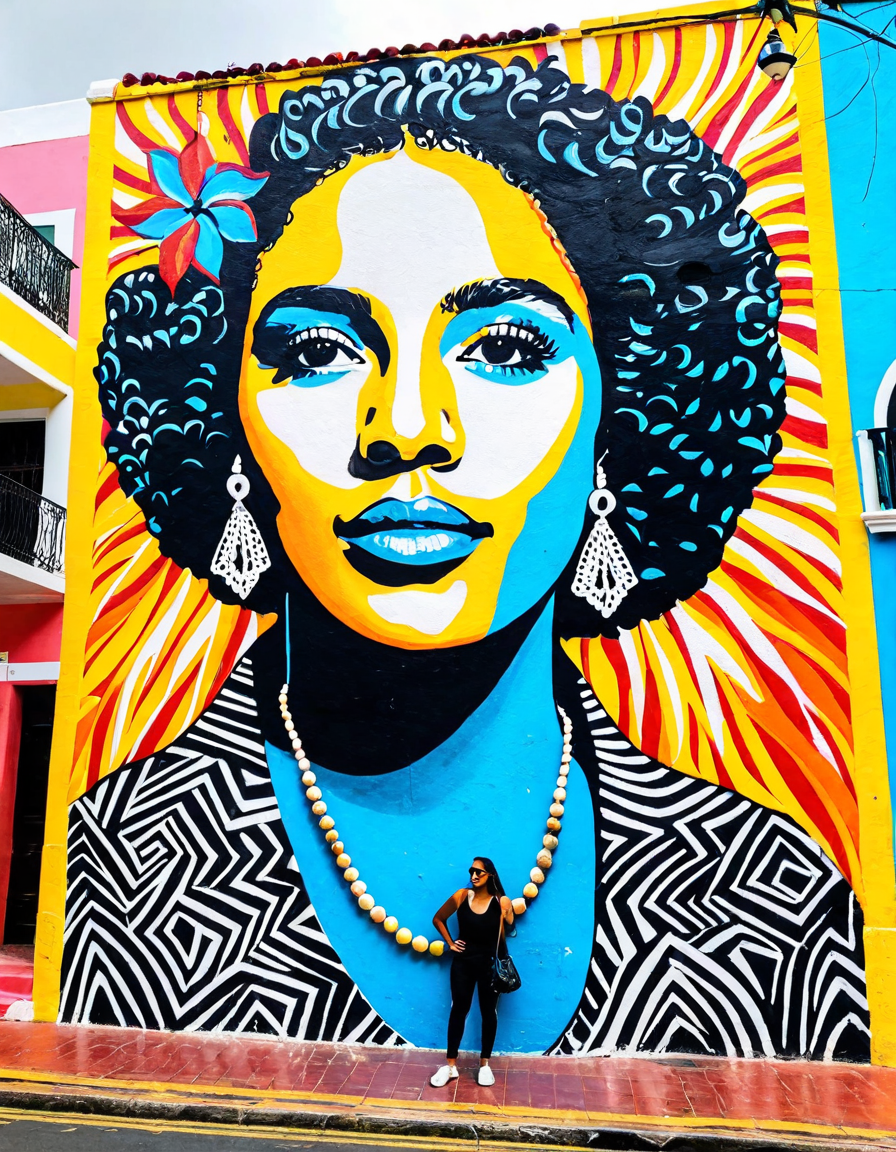
5 Key Differences That Show Puerto Rico’s Unique Status in the US
Puerto Rico has a non-voting member in the U.S. House of Representatives called the Resident Commissioner. While they can participate in debates and discussions, they lack the voting power that representatives from the states have. This results in a diminished political presence at federal levels for Puerto Rico, affecting everything from disaster response to educational funding.
Residents do not pay federal income tax on earnings made on the island, which sets them apart from mainland residents. However, they are still liable for other taxes like sales tax, which can create financial hurdles. This unique tax situation puts Puerto Ricans in a challenging economic position, especially when it comes to financing public services and infrastructure.
Puerto Ricans can access federal programs such as Social Security and Medicare, but the funding levels differ greatly compared to states. For example, the federal Medicaid funding Puerto Rico receives is capped at lower limits, affecting healthcare access for many residents. This discrepancy highlights the inequality in how resources are allocated and shows the need for greater equity in federal support.
Puerto Rican residents are U.S. citizens by birth, allowing them to travel freely within the U.S. However, this citizenship feels incomplete to many since they cannot participate fully in presidential elections. This inconsistency in rights raises ongoing debates about civic engagement and representation for over 3 million Americans living on the island.
Puerto Rico boasts a rich cultural identity characterized by music, art, and traditions that differ from those found in the mainland U.S. Many Puerto Ricans pride themselves on their heritage, though it often clashes with the overarching American cultural influence. This ongoing struggle for autonomy while embracing American citizenship underscores the complexities of identity in contemporary society.
The Evolution of Puerto Rico’s Status: A Historical Perspective
The relationship between Puerto Rico and the U.S. traces back to 1898, during the Spanish-American War. Puerto Rico was ceded to the U.S., marking a significant turning point in its history. The Jones-Shafroth Act of 1917 further complicated matters, granting U.S. citizenship but maintaining U.S. governance over the territory. This history has shaped the island’s evolving relationship with federal authorities, leading to ongoing discussions about statehood and self-governance.
In the decades since, plebiscites have allowed Puerto Ricans to express preferences regarding their political status, fluctuating between calls for statehood, independence, or maintaining the current territorial status. However, fulfilling the desires of the Puerto Rican population faces significant obstacles, not least the lack of commitment from federal legislators. Messages supporting varying status options do resonate but often get tangled in the web of national politics.
Despite the challenges, movements for change persist. Puerto Ricans are increasingly vocal about their rights and status, with an eye toward the future. Many see self-determination as a critical issue, while the government on the island aims to secure more equitable treatment regarding funding and representation. These historical and contemporary voices form a complex dialogue about identity and belonging that continues to evolve.
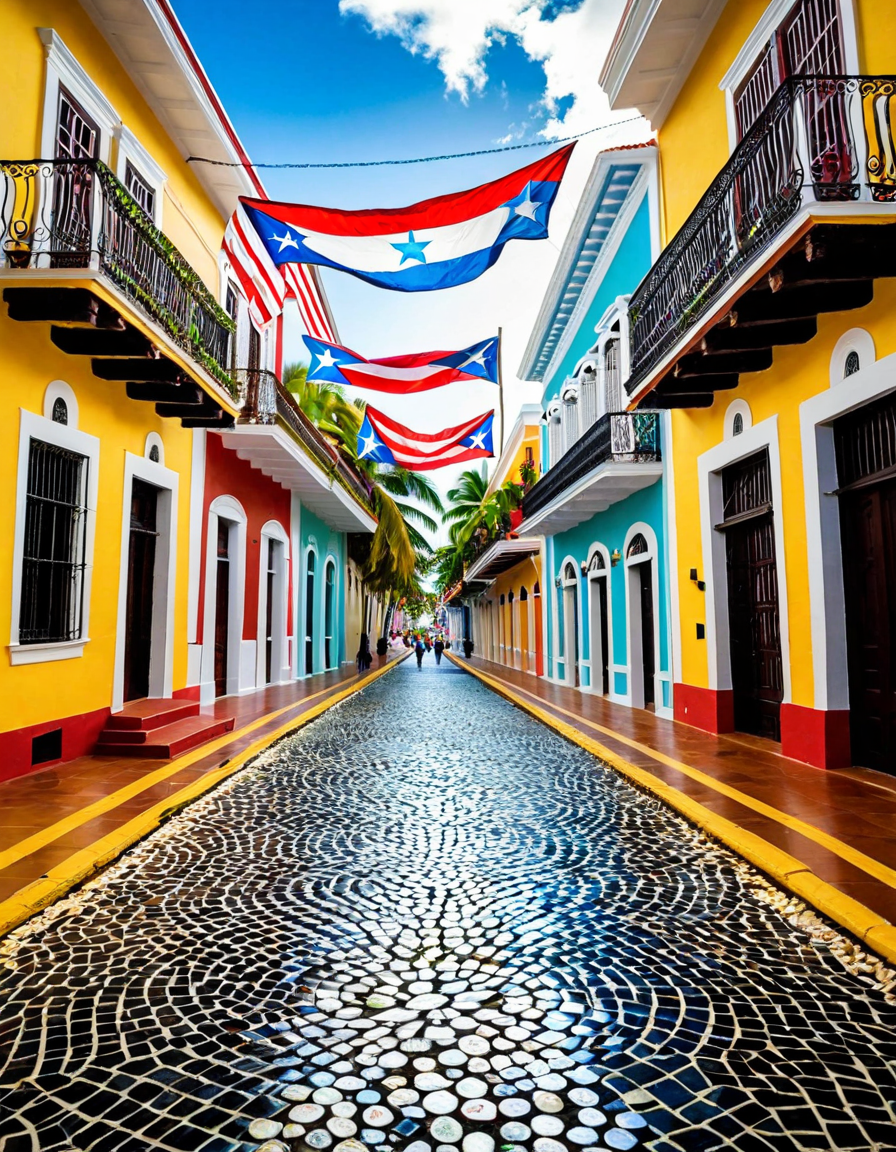
Perspectives on Potential Statehood: Benefits and Challenges
The question of whether Puerto Rico should achieve statehood draws passionate responses from various quarters. Advocates of statehood assert that it would lead to fair treatment in federal funding and improved political representation. For instance, San Juan’s Mayor Miguel Romero highlights benefits that include enhanced financial support for essential infrastructure and educational services.
Conversely, a deep-rooted apprehension exists around the prospect of losing Puerto Rico’s cultural identity and distinct autonomy. Notable figures, like Lin-Manuel Miranda, vocalize concerns that full integration into the U.S. could diminish the island’s unique heritage. The competition between preserving cultural identity and striving for equitable rights forms a tension at the heart of this debate.*
Adding to the discourse, multiple polls have indicated a mixture of preferences among Puerto Ricans. Some wish to maintain the status quo, while others lean towards seeking independence or statehood. Navigating these complex sentiments calls for ongoing discussions that respect the island’s rich identity and aspirations.
Current Trends and Future Directions: Is Puerto Rico Part of the United States?
As we edge closer to 2026, momentum for discussing Puerto Rico’s status grows. The demographics on the island are shifting, and newly elected leadership is vocal about advocating for statehood. Strong pushes for a binding referendum are gaining traction, urging Congress to allow Puerto Ricans to decide their future. Voices from across the political spectrum emphasize that self-determination is paramount.
Recent discussions have also emerged around federal disaster recovery funding, particularly after the devastation caused by Hurricane Maria and the ongoing economic challenges due to the COVID-19 pandemic. Activists and political leaders alike underscore that addressing these financial disparities is vital for maintaining the quality of life for all Puerto Ricans and for the island’s future.
As we contemplate whether Puerto Rico is part of the United States, we must acknowledge the urgent need for solutions that honor the island’s legacy while addressing its current challenges. The path forward involves engaging with technology and community initiatives that facilitate awareness and further advocacy. Creating platforms for the island’s youth can harness their passion for leadership and innovation in politics and economy.
The Path Forward: Innovative Solutions for Puerto Rico’s Status
As Puerto Rico stands at a crucial juncture, thoughtful strategies are vital for redefining its status. Engaging local communities and utilizing digital resources can bridge the gap between rights and responsibilities, empowering citizens to advocate for real change. Enhanced collaboration between federal, state, and local entities can also boost recovery efforts and support for education, healthcare, and economic development.
By encouraging discussions about Puerto Rico’s status, we can inspire an informed, passionate generation ready to shape its destiny. Facilitating partnerships aimed at fostering economic growth, particularly in sectors like tourism and renewable energy, can usher in a new era of prosperity.
In this moment of reckoning for Puerto Rico, understanding its multifaceted relationship with the United States is crucial. Both residents and mainland Americans need to engage in dialogue that nurtures mutual respect and aims to honor a future that encompasses both connection and self-autonomy. The next steps in this ongoing conversation will significantly impact the island’s residents and the broader narratives of citizenship and governance in America.
For those interested in exploring the complexities of home buying or the implications of federal funding, platforms like Home Buy Tips provide valuable insights and advice. Whether you’re diving into real estate or seeking information on current trends, the journey to understanding Puerto Rico’s status will only deepen as we stride confidently into the next chapter.
Is Puerto Rico Part of the US?
Fun Facts About Puerto Rico’s Status
Is Puerto Rico part of the US? Well, this intriguing question opens the door to a treasure trove of fun trivia! Did you know that Puerto Rico is technically a US territory? That’s right! Despite being a beautiful island in the Caribbean with rich culture and traditions, it doesn’t have the same status as a state. This unique position means its residents are US citizens, but they can’t vote in presidential elections. Now, that’s an interesting twist!
Speaking of twists, Puerto Rico’s history is just as fascinating! It was discovered by Columbus in 1493 and has been under various flags, from Spanish to American rule. It’s like a historical melting pot. This blend even influences real estate markets today, such as in places like Weehawken where the view adds to property appeal. Curious about current property trends in the US? You might want to check out What are current interest rates to get a grip on the financial side of buying a home. With that in mind, Puerto Ricans are always exploring their options, particularly when it comes to finding the best mortgage rates.
Beyond politics and property, Puerto Rico boasts stunning natural beauty, from its lush rainforests to flaming beaches. The joys of living here can be likened to enjoying a calm afternoon in Healdsburg, California, where a glass of local wine marks relaxation in style. It shows how living in different regions carries distinct lifestyles and perspectives. Speaking of lifestyles, did you know that Puerto Rico’s unofficial anthem is “La Borinqueña”? By the way, if you’re curious about diverse cultures like Puerto Rico’s, check out intriguing animations like Ayakashi Triangle for a dive into shenanigans that celebrate differences.
So, is Puerto Rico part of the US? It’s a bit of an enigma, offering both privileges and limitations. Just like Keri Lewis navigating her multifaceted career, Puerto Rican citizens maneuver through a vibrant culture while charting a course within the constraints of their status. No doubt, there’s more to learn, but isn’t that part of the excitement?
